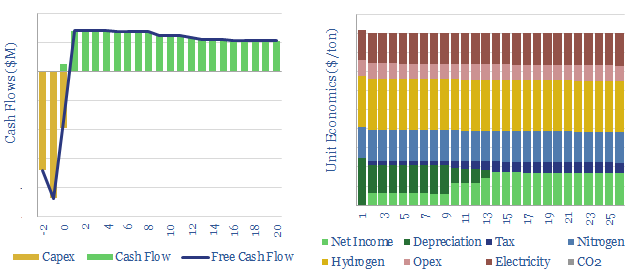
…emerging to decarbonize ammonia. Blue ammonia. There is a growing opportunity in blue ammonia, which reduces total CO2 intensity by approximately 80% across the entire value chain. We have compiled…
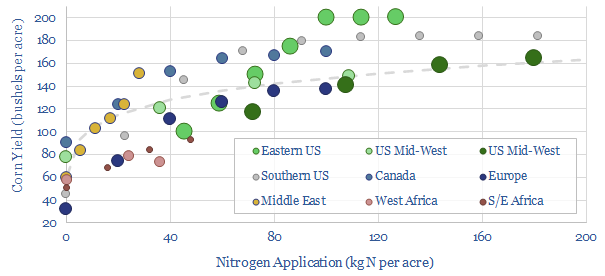
…soil nutrients; and the nuances of how/when fertilizers are applied in the growing cycle. Nitrogen that is applied in the form of ammonia, ammonium nitrate, urea or NPK is always…
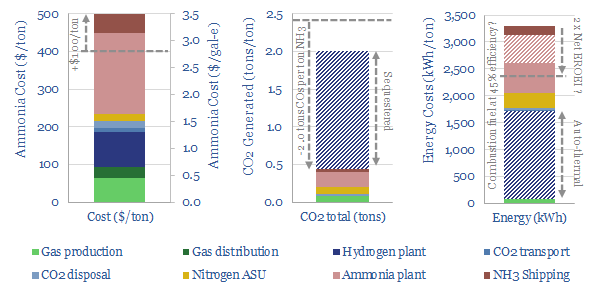
Blue ammonia can economically decarbonize the fertilizer industry, using low-cost natural gas; with options to decarbonize combustion fuels in the future. This 12-page report covers where we see the best…
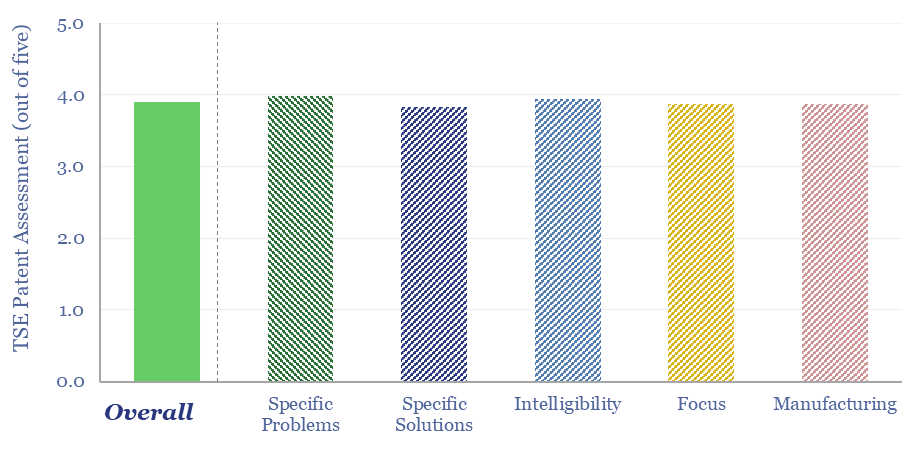
…of the hydrogen->ammonia->hydrogen value chain that has seemed most challenging to us is in cracking ammonia back into hydrogen. The key challenges for ammonia cracking are energy intensity, costs, longevity…
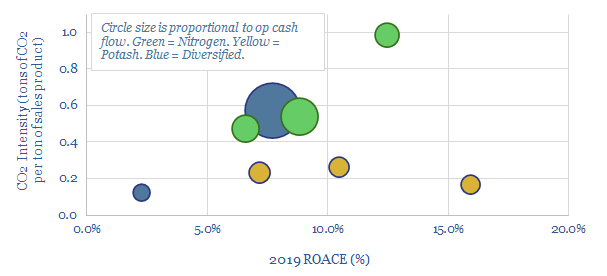
This data-file screens the large, listed fertilizer companies, comparing their CO2 intensity, ROACE, cash flow and recent patent filings. The industry could be disrupted by the rise of conservation agriculture,…
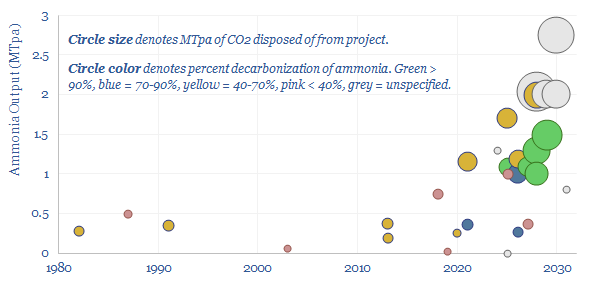
…we see the best opportunities for blue ammonia (note here), across fertilizers, feedstocks and fuels. The report draws on this screen of blue ammonia projects. The history is that ten…
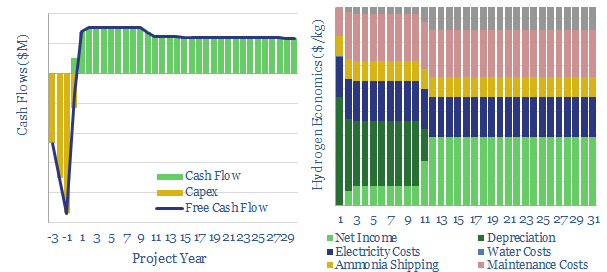
This data-file models the costs of converting green hydrogen into ammonia, transporting the ammonia in an LPG tanker, then converting the ammonia back into hydrogen through ammonia cracking. $799.00 – Purchase Checkout…
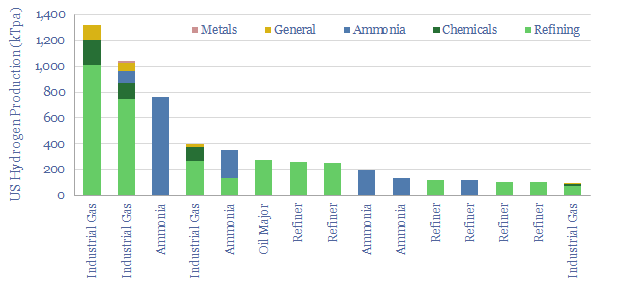
…For example, our methane reforming model estimates 9 tons of CO2 are emitted per ton of hydrogen. Our ammonia models estimate 0.2 tons of hydrogen per ton of ammonia, and…

Blue ammonia can economically decarbonize the fertilizer industry, using low-cost natural gas; with options to decarbonize combustion fuels in the future. This report covers where we see the best opportunities,…
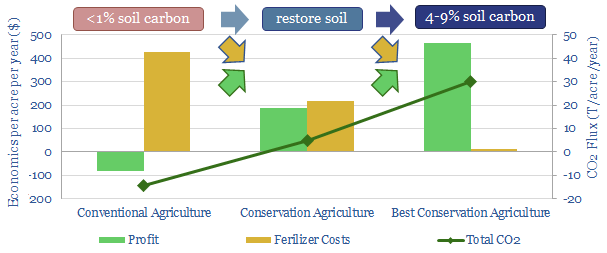
…industry is disrupted by the theme, as fertilizer application can be cut 50-90% using conservation agricultures’ practices. Fertilizer production comprises 1% of global CO2. We profile the largest public companies…









